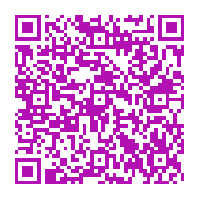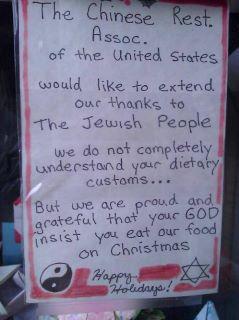A restaurant without a signature dish simply blends into the crowd and doesn’t stand out. In fact the same might be said of any kind of business, not just restaurants.
Not long ago, my family and I went out to eat at a Thai restaurant. Thai is my daughter’s favorite so we look for it often.
Like most ethnic restaurants, one Thai place is really not all that much different from another. The same is true of Chinese, Mexican, Ethiopian and even burger joints.
The place we went was nice and the food was very good. However it wasn’t really distinct from any of the other very good Thai food we’ve had. They simply didn’t have a “signature dish”.
 After the meal, my wife and I both ordered coffee. I’m not really much of a coffee drinker but I will drink it sometimes just for taste.
After the meal, my wife and I both ordered coffee. I’m not really much of a coffee drinker but I will drink it sometimes just for taste.
The waitress brought our coffee plus the usual little pitcher of cream and container with an array of sweeteners.
I don’t know what made me think of it but I asked her if she could bring me a bit of coconut milk. My wife, who absolutely loves all things tropical, jumped right on that and asked if she could have coconut milk for her coffee too.
Neither of us had ever tried it before but immediately found that good coffee with sweetened coconut milk is exceptionally good. I suspect that even passable coffee could be made better with sweetened coconut milk.
Ever the marketer, I spoke with the restaurant’s owner. I told her of our experiment using coconut milk in our coffee and how terrific it was. Then I suggested that she make it a regular thing. That could be their signature dish.
Anyone who knows anything about Thai food knows that Thai restaurants probably get coconut milk in 55 gallon drums. So for them to serve coconut milk by default when someone orders coffee or tea is no hardship. In fact, it makes perfect sense.
My daughter raised the specter of people with nut allergies but just about every Thai dish is characterized by one or more of just a handful of ingredients: coconut, cashews, peanuts, and lemon grass. I simply can’t imagine that people with nut allergies eat an awful lot of Thai food. Even so, if the restaurant made this their signature dish, they would proclaim and advertise it. At the very least, some mention would be made right on the menu. If someone did have a nut allergy, they could always request regular milk or cream in place of coconut milk.
The real point is that having that signature dish would make them more memorable and bring in repeat customers. And what else is marketing for if not that?
Click any of the icons below to retweet these passages from the above article.
![]() A restaurant without a signature dish simply blends into the crowd and doesn’t stand out.
A restaurant without a signature dish simply blends into the crowd and doesn’t stand out.
![]() One ethnic restaurant is really not all that much different from another.
One ethnic restaurant is really not all that much different from another.
![]() Having a signature dish makes a restaurant more memorable.
Having a signature dish makes a restaurant more memorable.
The Fat-Free piggy says “Scan this to retweet the quote next to the pink bird above.”


